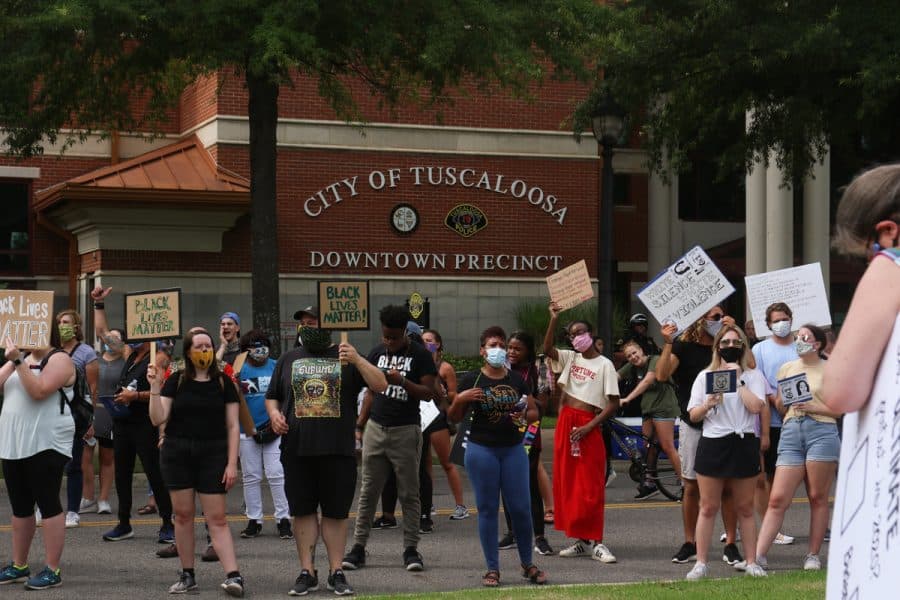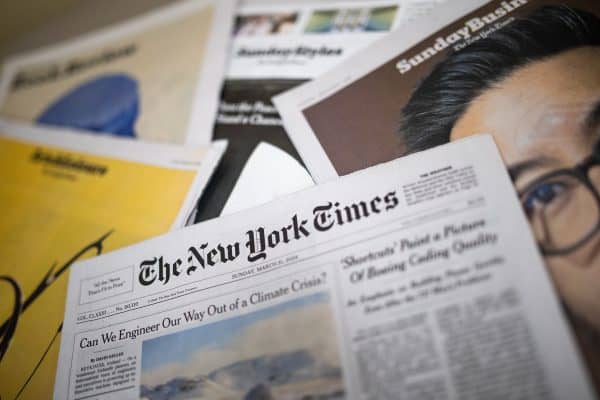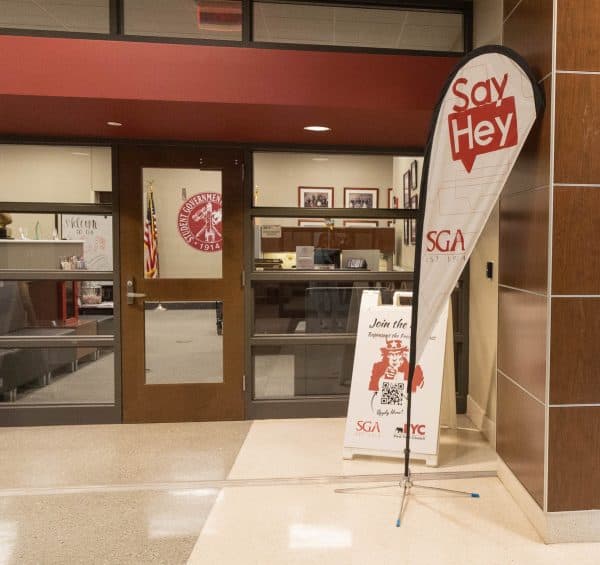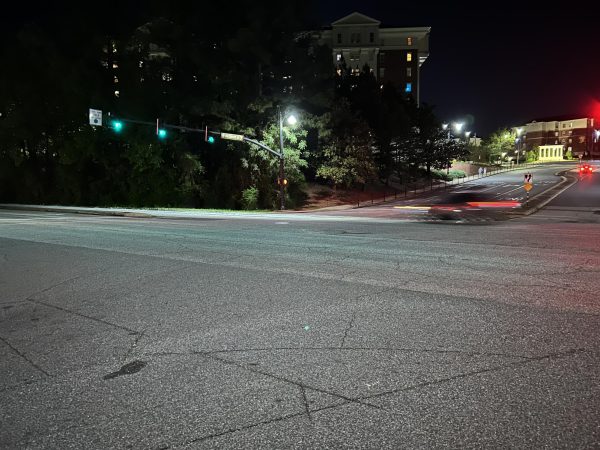It’s been ten months since BLM protests. Here’s what’s changed locally
Nearly a year after the murals, the task forces and the calls for change, local activists reflect on Tuscaloosa’s racial justice initiatives.
March 25, 2021
Last summer, hundreds of Tuscaloosa community members organized Black Lives Matter (BLM) marches following the killing of George Floyd on May 25, 2020. Ten months after Floyd’s death, some of those activists reflected on the progress they’ve witnessed.
Project Unity
Tuscaloosa native Qadeem Hassan was an active participant in demonstrations over the summer, and he organized a protest that received recognition from Mayor Walt Maddox. Hassan also proposed a BLM street mural in downtown Tuscaloosa through a petition that garnered more than 1,000 signatures in June.
“Although no mural can take the place of policy changes formulated to address systemic racism in our city, we believe that public art makes a difference,” he wrote. “It creates a highly visible source of inspiration and a public acknowledgement of the pain inflicted by racism… It does not substitute for change, but it proclaims that the City of Tuscaloosa values racial justice and is not shy about saying so publicly.”
The Tuscaloosa City Council approved temporary work for the mural in July and considered a more permanent installment. In the midst of the city’s response to the COVID-19 pandemic, the project was put on hold. Hassan said the City Council hasn’t followed up since.
Following a protest at Government Plaza in June, Hassan said the local government and community started working with Maddox on the Mayor’s Alliance for Opportunity and Advancement, which is one of two subsets of Project Unity. The Chief’s Commission on Community Policing is the other.
“Over the last couple of months, I have listened and learned to do more,” Maddox wrote on the Project Unity website in early fall. “We must do something with this moment to continue to build strong relationships between the city, TPD [Tuscaloosa Police Department], and the citizens we serve every day.”
The Mayor’s Alliance’s mission is to “enhance educational, economic, housing and recreational opportunities while reducing crime, poverty and blight that disproportionately impacts the underserved communities in Tuscaloosa.”
Although Project Unity was already in the works before the summer, Hassan said he believes the protests, both nationally and locally, expedited the process. The Mayor’s Alliance began work on Sep. 16, 2020.
Policing
The Mayor’s Alliance’s education committee has partnered with TPD and the 10-4 Corporation, a local nonprofit that aims to bridge divided communities. One of the committee’s primary goals was to build a relationship with the police department.
Last year, the city paid $7,200 to the 10-4 Corporation for several weeks of racial bias training. Stephanie Taylor, a spokeswoman for TPD, said that it is undecided if personnel will be required to complete the training yearly, but said new personnel are required to complete the training.
Taylor said she didn’t believe last summer’s protests were directed at TPD. Instead, she said the protests were directed at police brutality nationwide, although she said the department still has changes to make. Hassan agreed.
“The department had already begun to direct resources toward some measures that would address some of the divide – real and perceived – between law enforcement and the community,” Taylor said. “I think the events of last spring and summer made their implementation more urgent.”
While 16% of the department’s officers are Black, slightly higher than the national average, it is under representative of Tuscaloosa’s 43% Black population.
Taylor said Brent Blankley took over as police chief last March and wants to increase diversity within the department. She said the department will focus on increasing diversity throughout the department by recruiting from historically Black colleges and universities.
Education
Hassan is also a member of Maddox’s education committee. He said protesters’ demands for increased discussion in schools about race and diversity have been met from an educational standpoint.
In August, for the first time in the school’s history, Hillcrest High School in Tuscaloosa hosted an open discussion between students, teachers and community leaders about race and diversity. Hassan commended teachers in the school district for initiating dialogue between students about race.
Although Hassan said he believes everyone can be doing more, he said the teachers’ efforts were more than anything he’d seen in Tuscaloosa.
Andrea Dobynes, a local poet and graduate of the University with a doctorate in philosophy, participated in area protests last summer. At the federal court building in downtown Tuscaloosa in June, Dobynes recited a poem to hundreds of protesters that spoke to her fears about raising her son.
Hassan said that giving Black youth a voice is one of his priorities.
“That was one of the big things with our protests … we wanted to get the youth involved, and kind of give them the opportunity to get their voice[s] involved,” he said. “So when they get to our age, they have the ability to.”
Dobynes said that a sense of community should be strong, and not just during national championship wins or natural disasters.
“I know that Tuscaloosa does come together,” she said. “But I wish they would come together often, not sometimes.”
University Efforts
Dobynes said the efforts made by Maddox’s education committee will play an important part in how the future pans out. Still, Dobynes said she believes many schools, including the University, don’t do enough to promote conversations about race on campus.
“From a PR and marketing standpoint they’re doing enough … but they’re also doing the bare minimum. I think they try to play it too safe,” she said.
Dobynes said she hopes to see more diverse faculty, staff and students, more diverse stakeholders and more buildings named after outstanding Black alumni at the University. Currently, John England Jr. is the only Black graduate of the University with a campus building named after him.
UA’s Division of Diversity, Equity and Inclusion (DEI) houses most of the University’s diversity efforts. Following the death of George Floyd, the Division of DEI held a virtual vigil in remembrance of Black lives lost to racial violence.
The Division of DEI was established in 2017. Chad Jackson, president of UA’s Black Faculty and Staff Association, said that it’s important to remember that the Division of DEI is new.
“Not only do we have to have training, but we have to have opportunities to implement what we learned,” he said. “And that’s not going to be something, unfortunately, that can happen overnight,” Jackson said.











